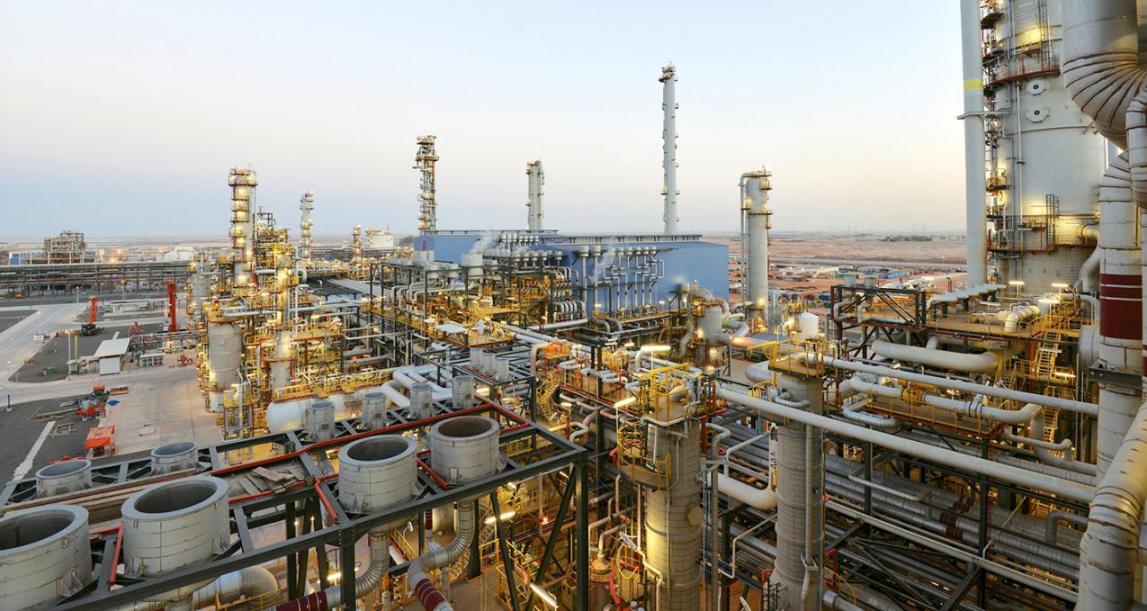Foreign direct investment in Iran's petrochemical industry before and after the 1979 Islamic Revolution amounts to $1 billion, first deputy of the National Petrochemical Company said.
"Before the Islamic Revolution, foreign investment in this sector was trivial and limited to small petrochemical units in the cities of Ahvaz and Shiraz," Mohammad Hassan Peyvandi was quoted as saying by Fars News Agency.
He was speaking in a news conference on the 12th International Petrochemical Forum, scheduled to be held in Tehran on December 13-14, to introduce investment opportunities in the country's post-sanctions petrochemical sector. Representatives of 368 domestic and 97 foreign companies from 25 countries will attend the event.
Peyvandi added that Bandar Imam Petrochemical Complex also stopped developing further after the revolution while it had made 84% progress.
The bulk of foreign investment in petrochemical units has been made after the revolution.
Peyvandi noted that Iran's negotiations with foreign investors at IPF will be based on the current price of gas as petrochemical feedstock,which stands at 13 cents per cubic meter.
At the global level, petrochemical industry will face challenges, Peyvandi said, such as China using coal to produce olefins, which targets Iran's olefin output.
China has invested largely in ethylene and propylene production from coal via two methods: by producing methane from coal and using Iranian methanol, which may be economically more viable.
The effect of the US shale gas and export of products like ethane to China and Japan will be the next global challenge.
"Ethane will be replaced with naphtha, because naphtha has too much price volatility due to its overdependence on oil prices," Peyvandi said. Another challenge will be Middle East security issues, where Iran's high security overweighs other regional states'.
Iran, one of the world’s top oil producers, exported around $14 billion worth of petrochemicals in 2014, down from more than $18 billion in 2011. Annual petrochemical output in the previous two Iranian years accounted for 40.5 million tons and 44.5 million tons respectively.
On Iran’s petrochemical production capacity, Peyvandi said more than 44 million tons of petrochemicals are expected to be produced by March 2016, which would account for 81% of nominal production capacity and register a record.
Iran’s petrochemical output is planned to exceed 100 million tons per annum by 2018, he added.
Feedstock Tariffs Next Week
Feedstock prices for petrochemical complexes for September 2015-March 2016 (second half of the Iranian year) will be announced by the government next week, deputy oil minister said.
Abbas Sheri-Moqaddam added that if the price of gas feedstock supplied to petrochemical units is announced prior to the International Petrochemical Forum, the event can be effective in attracting foreign investment, IRNA reported.
"Determining feedstock tariffs before IPF will have a positive effect on foreign investors attending the conference," head of the NPC said.
"Iran can attract the world's attention to its petrochemical potentials in the IPF framework."
Gas supplied to petrochemical complexes has been priced at 13 cents for August-September 2015.
Stressing the prolonged process of determining feedstock tariffs, Sheri-Moqaddam said foreign investors are worried about volatility of tariffs, as they are not assured the prices would not change once the current government is gone.
Last year (ended March 20, 2015), the parliament priced gas feedstock to petrochemical complexes at 13 cents per cubic meter, which raised the objection of petrochemical units' shareholders, saying it was expensive.
However, Oil Minister Bijan Namdar Zanganeh believed the complexes had reaped much benefit from using cheap feedstock, leading to their inaction to develop downstream industries.
Experts say uncertainty in feedstock prices does not affect output, but can hurt revenues, because of a lack of reliable prospect for making future investments. A petrochemical industry official says feedstock prices vary from 6 to 8 cents in the Middle East.
To alleviate their concerns, foreign investors have called for setting long-term feedstock tariffs and shielding their investment against changes in political policies.


